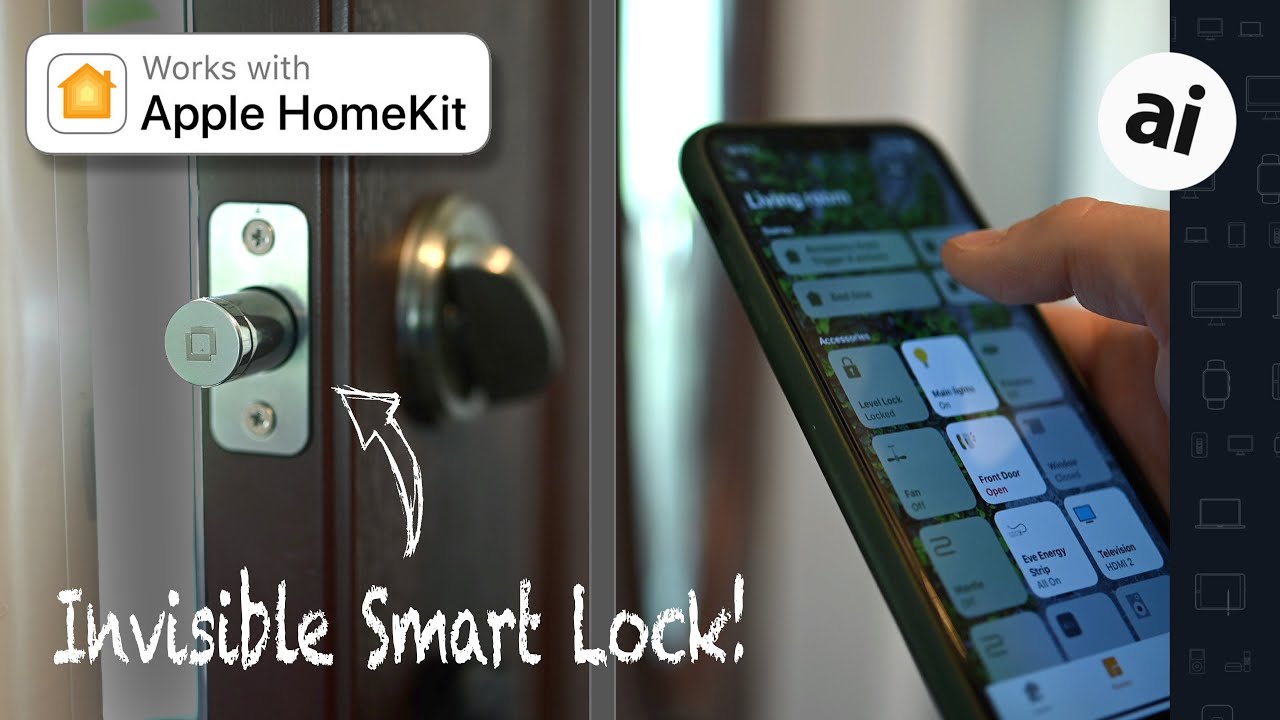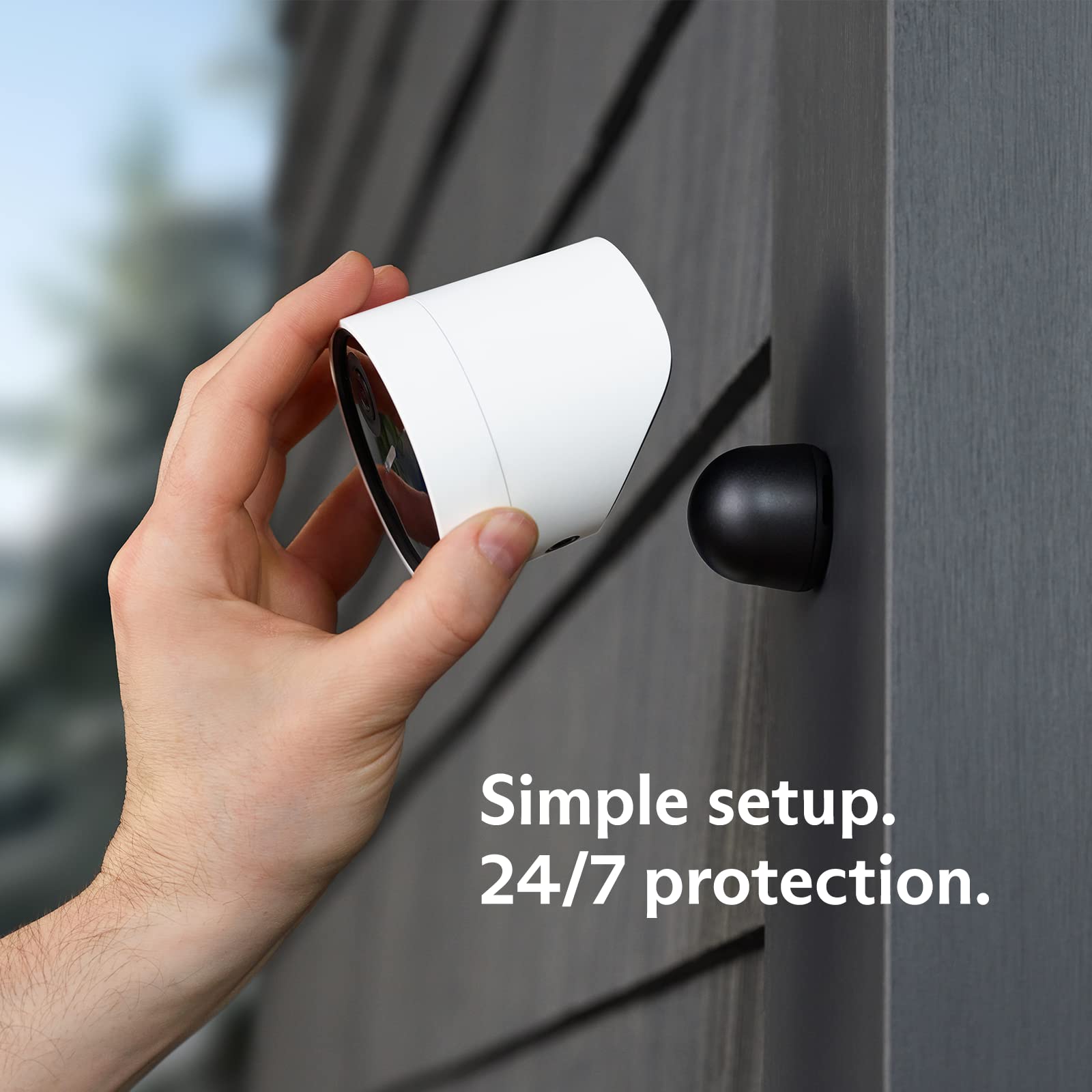
Home security systems are a great way to protect yourself and your family from potential dangers. These systems often include sensors for floods, heat and smoke as well an alarm. Many can be paired together with other smart devices like cameras at a low price to meet the needs of your home.
These are the best cameras for monitoring your home at an affordable price
A good surveillance camera should be able to record at Full HD resolution or higher. It should be equipped with motion sensors and able to detect and report suspicious movements. These are the features that make security cameras worth their price, but do your research first before you buy.
The best budget surveillance cameras are not willing to sacrifice image or AI-based object recognition for cheap prices. The best budget security cameras should be able connect to your home's network and integrate seamlessly with other smart devices.
Eufy: This low-cost security camera doesn't have a monthly subscription, and its battery-powered cameras can store footage for up to three months on 12GB of memory in the base station. It doesn't support 4K or HDR, but its motion-triggered video is in high-quality Full HD.

Abode: One of our favorite affordable home security companies, Abode is constantly enhancing its smart-home offerings enough to outshine most larger security companies. The camera is capable of excellent person detection. It's weather-proofed and can be used outdoors. And it has a starlight detector for night vision.
Nest: Nest security cameras feature AI-based object recognition (people, familiar face, animals, packages), high-quality images, and flexible motion zones. The cameras are also equipped with Google Home integration and Amazon Alexa, IP54 weatherproofing and easy installation.
SimpliSafe: SimpliSafe is a great option for anyone looking to save on home security. It's affordable and doesn't require a contract, unlike most other home-security providers. The Better Business Bureau has given the company an A+ rating and it is known for its excellent customer service.
Arlo Pro - Although it is not as inexpensive as other systems in this list, this is a good option for those who want a wireless security system with full features without having to break the bank. The starter kit is priced at less than $100, and the monthly subscription fee is under $50.
Ring: If you're on a tight budget but need to protect your home from intruders, the Ring Spotlight Cam is a great choice for an inexpensive security camera that can monitor both interior and exterior spaces. This wireless battery-powered camera can be used anywhere.

Blink: Blink's indoor cameras are among the most reliable and durable models in our list, despite their relatively high prices. The cameras are waterproof, small and feature 1080p. There is a motion detection alert that will be triggered when an individual enters the zone. It can also be disabled in order to stop unwanted notifications.
Kangaroo - Its DIY camera for security is an excellent bargain, but doesn't provide the same value as Wyze and Ring. These two systems have more features, better quality video, and are easier to set up than this one.
FAQ
Are there any real reasons to have a home alarm system?
If you own a home, you definitely need a home security system. An intruder could enter your home at any moment without warning. They will take everything they want, even expensive jewelry. They can even take everything if your doors are unlocked.
Home security systems can help protect your home by notifying you when something happens. You can view the recorded footage and receive alerts from your mobile device when motion is detected.
You don't have to invest in a sophisticated home security system if you prefer not to. A simple DIY camera will do the trick. These devices let you see who's at the front door and send you notifications when they enter or exit. These devices won't prevent intruders from breaking into the home.
Which home security system has the most features?
Ring Video Doorbell Pro offers the most features of all home security systems that we tested. It lets you see who's at your door, talk to them through your phone, and even record videos. It comes with a cloud storage service that allows you to save all recordings.
Who is the best company for home security monitoring?
ADT is the best company for home security monitoring. They provide 24/7 monitoring at an affordable cost. Their customer support team is available around the clock, and they will respond to any issues within minutes.
ADT offers an app that can be used on both Android or iOS. So you can monitor your home at any time, from any location.
How do I decide between the different types of home security system?
You should consider what kind of threats are in your area. For example, if there's a lot of crime in your neighborhood, then you might want an alarm that will sound when someone enters your property. You may not need as much security if you live in rural areas with few burglaries.
You also need to consider whether or not you're willing pay more for these extra features. Some systems include cameras built in, while others do not. Some allow you monitor your house remotely while others require you physically to view the footage.
What is the easiest method to install a home security alarm?
It is best to have home security systems that don't require installation. They are called "plug & play" systems, and they work like magic. Simply plug them into a power outlet and connect them to the internet with a wireless router. Once everything is connected, you will be able control it from anywhere in the globe.
Statistics
- (In my experience, the discount on my home insurance covered about 25 percent of the subscription of an average plan, but your mileage may vary depending on your location and the size of your home.) (theverge.com)
- Most home security companies will charge you around 75% of the remaining term of your contract if you cancel early—and some require 100%.Related questionsWhat type of contract length can I expect from security providers?Home security system cancellation (safewise.com)
- Depending on your insurance, 24/7 professional monitoring may qualify you for as much as 15% off your premium. (safewise.com)
- That's probably why Cove has a whopping 98%* customer retention rate. (safewise.com)
External Links
How To
How to Install a Home Security System
A home security alarm is a device that monitors the property and alerts you in case of any suspicious activity. It could be motion sensors, doorbell cameras, smoke detectors or burglar alarms. A home security system is usually composed of one or several sensors (e.g. motion detectors), that send signals when there's movement or sound. The signals are then sent by the sensors to a control center where they are recorded and monitored. If there's a problem such as someone breaking into your house or other suspicious activity, the control panel sends an alert via your phone, tablet computer, voice assistant, or computer. You'll be able to immediately take action and know exactly what's happening.
You must first choose the right kind of sensors for you home in order to install a home alarm system. There are two main types of sensors: passive and active. Passive sensors do not require batteries. They simply pick up sounds and vibrations around them. These include buzzers, sirens and doorbells. Active sensors transmit data using electricity. Some examples of this kind of sensor are cameras and motion sensors.
There are many sensors brands today. Each brand has its advantages and disadvantages. For instance, some sensors can be weatherproof while others don't. Some include built-in speakers to allow you hear them even when they are outside. Some only work indoors. Some are basic while others offer advanced features, such as night vision.
After selecting the right sensors for your property and deciding on a manufacturer, you will want to make a selection. This will help you ensure your sensors work well together. Your local hardware store should have plenty of options to choose from.
Once you've chosen a brand of sensors, you'll need to decide how many you want to buy. Depending on whether you live alone or with your family, most people will start with just one or two sensors. If you have plans to purchase additional sensors in the future, it might be worth buying more than you currently need.
Next, consider where you want to put your sensors. Do you want them close to doors or windows? Are they best kept hidden? Before placing them on your property, get permission. They should not be in conflict with any electrical outlets.
Now that you know where you want to put your sensors, you'll need a way to connect them to your control panel. You might need a power adapter for your setup. Once everything is setup, you will be able to monitor your property.